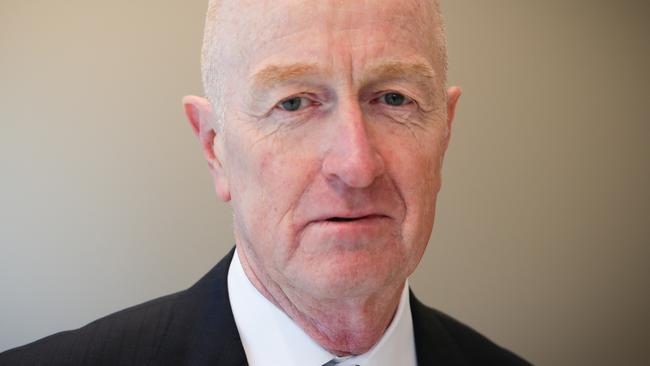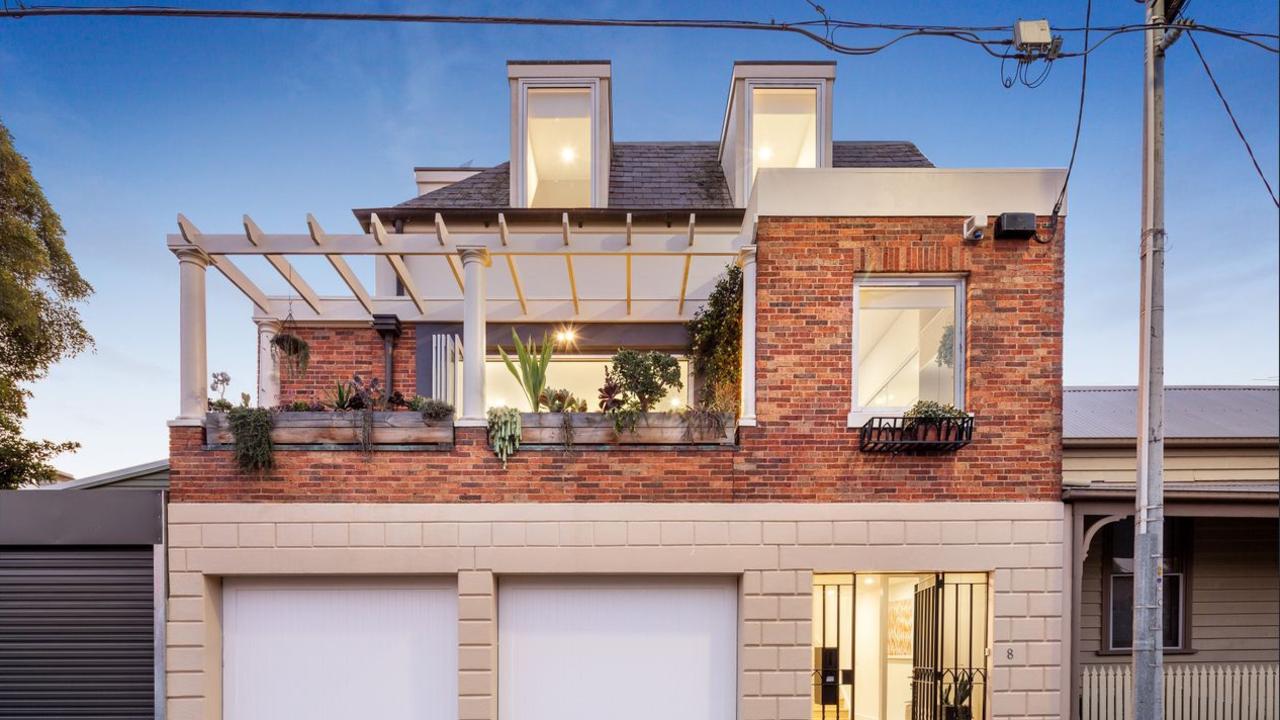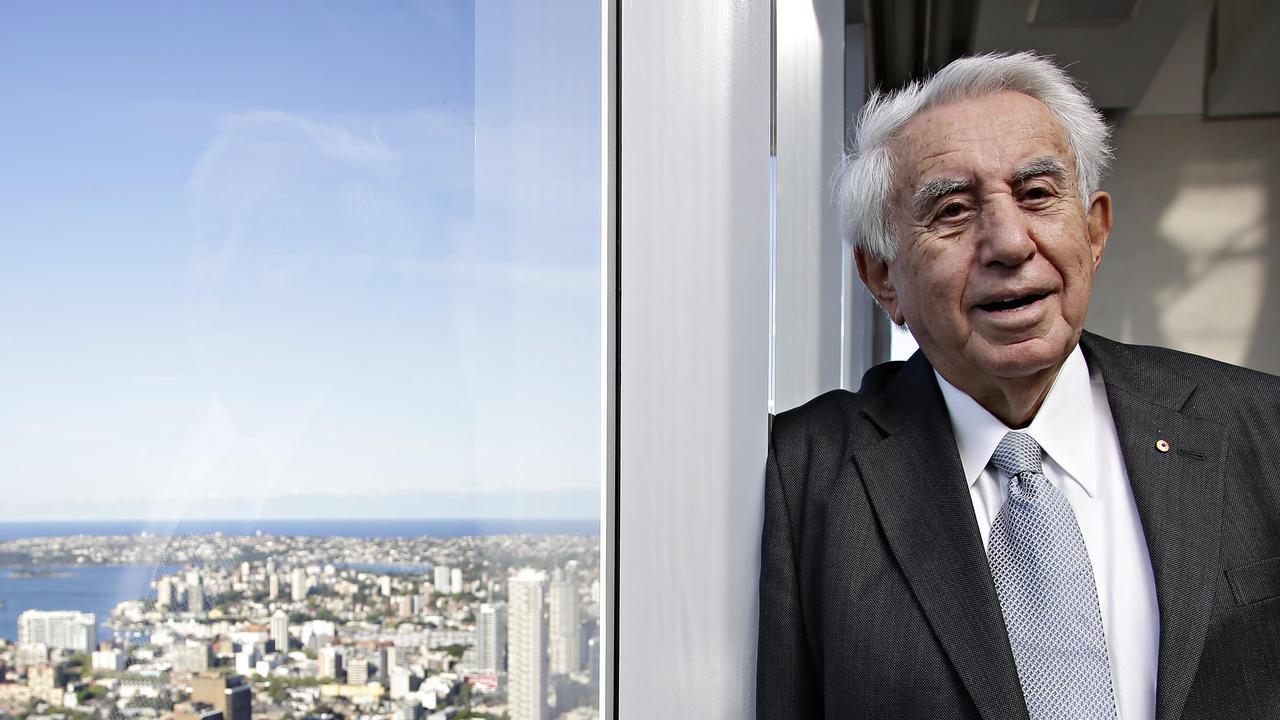Reserve Bank warns of apartment price shock
The RBA has issued its strongest warning yet that the apartment market could correct as new developments swamp demand.

The Reserve Bank has issued its strongest warning yet that the hot apartment market could correct as new developments swamp demand and banks tighten lending requirements.
In its semi-annual review of risks in the economy, the RBA flagged growing pressure in the biggest cities of Sydney, Melbourne and Brisbane. It zeroed in on the Perth and Brisbane office markets, where vacancy rates are up to 25 per cent, and the potential fallout from residential development during the recent more than three-year boom.
The RBA paid extra attention to demand from Chinese buyers, warning that markets such as Sydney and Melbourne were hostage to ebbs and flows in demand, which risked slowing if the economy stalled or Beijing clamped down on outbound capital flows.
“It still only accounts for a small fraction of overall market activity,” the RBA said. “Nonetheless, if a significant subset of buyers reduce their demand sharply, this can weigh on housing prices ... that could weigh on domestic property prices and so lead to losses on the banks’ broader property-related exposures.”
As listed real estate company McGrath halted trading pending an update on earnings forecasts, the RBA said tighter access to credit following banks’ tightening in lending standards could pose “near-term challenges” to higher- density construction markets where building had begun.
“These apartments are popular with investors and foreign buyers and any concerns over settlement risk and/or a slowdown in demand for Australian-located property by Chinese and other Asian residents could lead to difficulties for particular projects, though there is little evidence of either occurring so far,” the RBA said.
“An ongoing risk comes from the significant and geographically concentrated growth in supply of new apartments in Sydney, Melbourne and Brisbane due for completion over the next few years,” the central bank said.
“This new supply may weigh on prices and rents in these areas.
“If that occurs, investors will need to service their mortgages while earning lower rental income and any households facing difficulties may not be able to resolve their situation easily by selling the property.”
Property developer Harry Triguboff blamed restraints on banks’ lending to investors for stifling the market, saying demand remained strong and Chinese investors “always settled”.
Mr Triguboff, whose Meriton Group will build about 3000 apartments in the next year, has begun advertising that he will provide finance to buyers of his apartments.
He said banks would damage the housing market if they agreed to lend a certain amount when contracts were signed to buy a property, but would then lend less when it was time to settle.
One of Australia’s biggest developers, Lend Lease, said it had seen no sign of rising defaults on its apartments.
“The first half of 2016 (financial year) saw a significant lift in apartment settlements with 619 apartments settling across projects in Melbourne, Sydney and Brisbane,” it said.
“Less than 1 per cent of scheduled settlements have failed to complete, below our historic average.”
However, developers conceded the swaths of apartments rising from the ground in pockets of Australia’s capitals were concerning.
Overbuilding rather than a fall in demand from local or overseas, particularly Chinese, investors is the key factor that could dampen Australia’s housing market, says Nigel Satterley, whose Satterley Property produces 3000 land lots a year.
Mr Satterley, chairman of the Residential Development Council, agreed with the Reserve Bank’s assessment, flagging inner-city Melbourne, Brisbane and Perth as the areas where most building was concentrated.
“In Melbourne, there are 28,000 unsold apartments under construction. The Melbourne CBD has a huge oversupply,” Mr Satterley said. “In Perth, there is six to eight years’ supply of city apartments above four storeys.”
The veteran developer forecast that prices for one bedroom (50sqm) units in inner Perth could fall 20 per cent in the next six months to about $325,000 while two bedroom units (85sqm) could fall 10 per cent to about $380,000.
“People in China are very well informed, they know Australia has an oversupply of apartments,” Mr Satterley said.
However, he noted that areas of oversupply were not widespread across the housing market, with many suburban housing estate developments reporting steady sales.



To join the conversation, please log in. Don't have an account? Register
Join the conversation, you are commenting as Logout